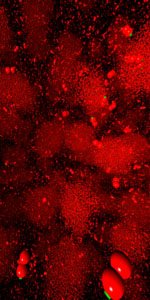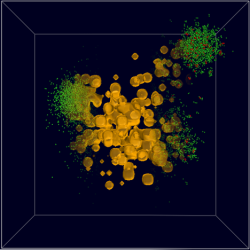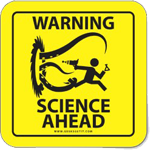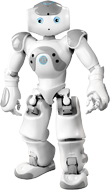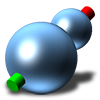EuroVis 2013 in Leipzig
I attended the EuroVis 2013 in Leipzig this week. It is the largest european conference on visualization. In my post about the annual meeting of the BZS I wrote that for scientific collaborations the small meetings are the best. An that is true. The EuroVis is nice, but is very hard to get in touch with people you don’t already know. But that is not a problem. The large conferences have other qualities.
The large conferences provide you with a good overview of the current state of the art in the corresponding field of science. They seek to select papers of high quality and, therefore, to present the most important scientific results. I don’t want to bad-mouth anyone or anything. There are always good papers and there are always paper I can only stand by, stare at and ask myself: WTF?
And that was exactly the case this year again. There were some good papers and I took some good ideas with me. Let’s see what I can make out of these.

